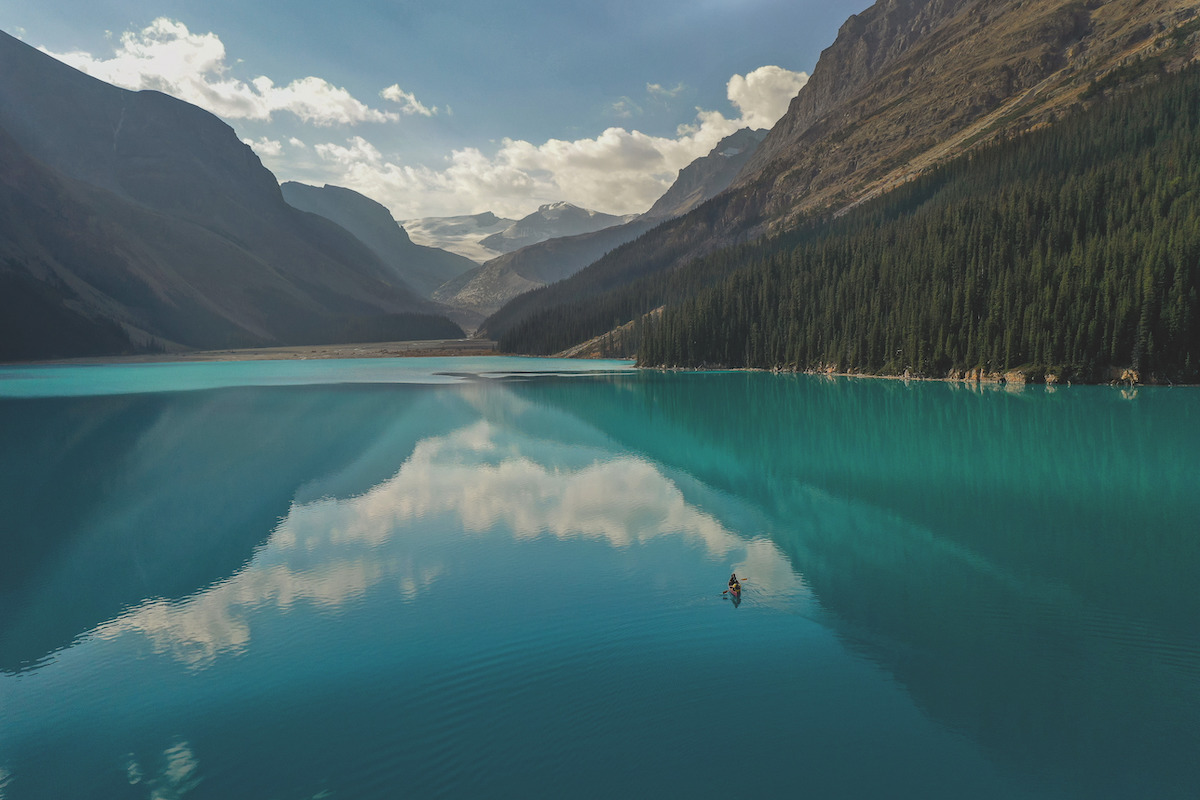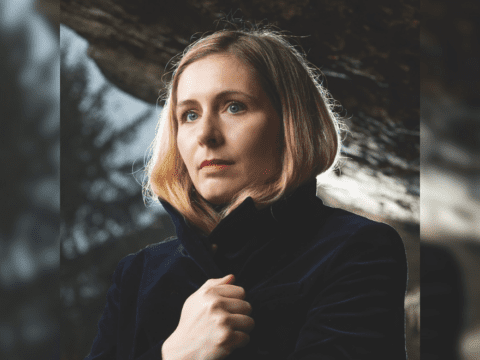Mountain landscapes dotted with brilliant emerald and turquoise lakes are among the most iconic symbols of Canada’s West.
But as rising temperatures melt the glaciers that feed the lakes, these otherworldly colours are fading. That’s because the colour comes from what’s known as “rock flour,” or finely ground sediment carried to the lakes by melting glacier water. The sediment ends up suspended in the lakes, scattering blue and green light that our eyes see as jewel-like tones.
But those glaciers are vanishing. About 70 percent in Western Canada are expected to be gone by 2100. Some are now considered “palliative.” The loss of glacier ice has already increased sevenfold since 2010.

Filmmaker Leanne Allison and drone photographer Alex Taylor and their team have captured the beauty of the lakes in the poetic 17-minute National Film Board documentary Losing Blue.
“The big challenge with this film was to not make it super depressing,” Allison says. “One of the things I didn’t realize was that all lakes are born and they all die. That made me feel [they’re] more like us, in a way.”

More on Broadview:

To emphasize the beauty of blue, Allison and Taylor set the lakes against the grandeur of the Rockies.
“When you have the luxury of getting up in the sky, that perspective changes completely and there’s a whole new world of beauty to see and capture,” Taylor says.
Losing Blue will be available to stream on nfb.ca this summer.
***
Brian Vinh Tien Trinh is a writer in Toronto and a former assistant digital editor at Broadview.
This story first appeared in “The Lens” from Broadview’s April/May 2024 issue.















